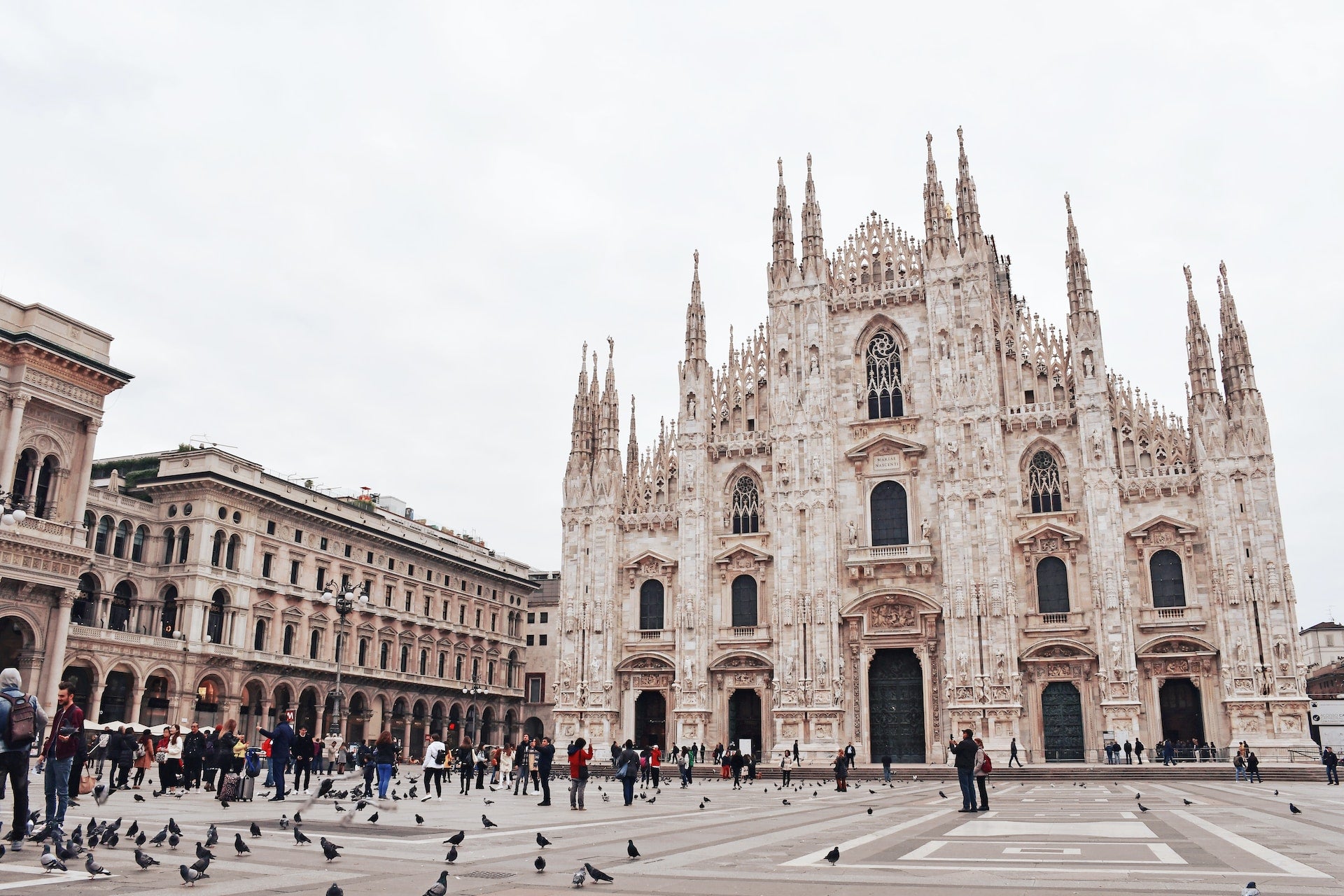
Google & WWF Together To Make Fashion More Sustainable
Becoming more sustainable is the number one goal of many fashion brands. Making sustainability a priority means that they need to make changes in their supply chain, production process, manufacturing procedures, and retail functionality.
To make sure that they are making the right decisions, they need to understand the issues more deeply. They also need to understand what sustainability means in the context of their industry.
Fashion is one of the most polluting industries in the world. Fashion brands are under increasing pressure to produce more sustainable products and make smarter decisions. To stay relevant, fashion brands have to adopt innovative approaches to avoid falling behind their competition.
Google and WWF Sweden are working together to make sourcing raw materials and sustainability tracking easier for brands.
As of today, the two organizations will jointly track more than 20 raw materials—including synthetics and natural products—for fashion brands. Brands will be able to evaluate materials via a dashboard that will provide details such as environmental impact and water scarcity. The dashboard will also estimate greenhouse gas emissions or other impacts, such as air pollution or building.
Google and the WWF want to help brands make better decisions about materials by using machine learning (ML) capabilities. Multiple high-end luxury, denim, and athletic brands are said to be on board with the idea.
As reported by Vogue, Google's Maria McClay says that access to certain data — such as the amount of pollution in a region — can help brands make more sustainable sourcing decisions.
WWF Sweden will provide data on the risk, life-cycle assessment, and sustainability of raw materials. The WWF will also provide a framework for calculating and processing this data. Google is providing access to satellite imagery and computing power in order to derive insights from big data sets.
In addition to helping brands mitigate risk, the platform is also designed for longevity. For example, the data will reflect regional and seasonal differences, rather than outdated global averages. And because the system is designed to update itself automatically, it should have a long shelf-life.
Francesca Decotto, Ploumanac'h's merchandizing director, says that brands should use the information provided to compare the same materials based on source, rather than comparing separate materials.
At Ploumanac'h we do take sustainability very seriously. Although we still have an impact on the environment we try our best to reduce it with every choice we make. From choosing local production sites to coloring our textiles with non-polluting energy efficient solutions to choosing natural fibers vs artificial plastic-based ones, we hope every brand will do their part in making sustainability a natural part of their production process.
Read Our Sustainability FAQs



